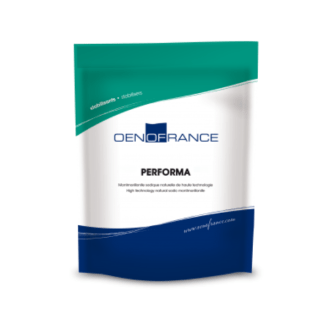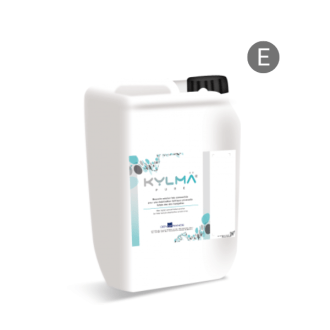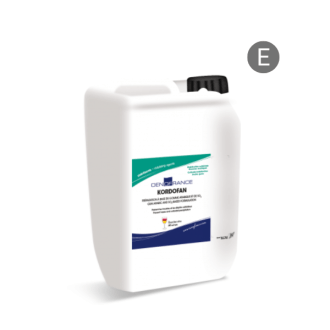Stabilization
This is the last process carried out before bottling to roll your wine out to the end customer.
And, without a doubt, we want you to enjoy it as we have designed it as from the moment when it was just grapes, that is to say we need to stabilize it.
Protein
Protein deficiences are what worry us most when it comes to stabilizing a white or rosé wine, since it is something inadmissible for the consumer.
Despite some attempts with other products, the only one that guarantees protein stability is bentonite.
Most of the proteins that we find in wine come from grapes, and contribute to provide the sensation of unctuousness, to stabilize the foam in sparkling wines, and to fix the aromas. However, they also cause the so-called and dreaded protein deficiencies.
The unstable proteins in wine are those of low molecular weight (12.6-30 kda) and a low isoelectric point (4.1-5.8) (Waters et al., 1991).
Bentonites interact primarily with high pI proteins (> 6), which have a higher positive charge. That is why many winemakers choose to use high doses of bentonite, thinking that this will ensure the stability of their wines. However, the stability of the wines does not depend on the dose, but on the type of bentonite. Therefore, it is crucial to choose bentonites with high adsorption capacity, with a high degree of activity, not affecting the pH and temperature, metal-free, and above all, selective with low molecular weight proteins.
Tartaric
Young wine is normally saturated with tartaric salts consisting mainly of potassium bitartrate and calcium bitartrate. These salts are formed from tartaric acid, which is a natural acid in must and one of the most common in wine, which is partially insolubilized in the presence of calcium and potassium cations, forming salts.
They precipitate during fermentation, especially at the end since these salts are more insoluble in a hydroalcoholic solution, but if the wines contain a large amount of these salts, precipitations appear in the bottled wine. To prevent this from happening, there are various tartaric stabilization techniques: cold treatment, electrodialysis, cation exchange (resins), carboxymethylcellulose, metatartaric acid.
The best known technique is cold treatment at a low temperature to cause the precipitation of the potassium and calcium bitartrate salts. The temperature must be that of the freezing point since the colder the wine is, the greater the insolubility of the salts.
When applying this technique, it must be taken into account that the solubility of oxygen at low temperatures is higher and can contribute to a loss or decrease of the fruit. There are other tartaric stabilization techniques that respect the wine, stabilizing it over time.
Coloring
The color of red wines is an attribute that is obvious, so any defect in it is quickly noticeable by the consumer.
The coloring matter comes from the grape and depends on the variety and the extraction/development method carried out in the winery.
In this case, in addition to the changes in tone that different styles of production entail, if we have not stabilized the coloring well, there may be precipitations that cloud the wine. The most appropriate approach is to work with oxygen, stabilizing the tannin/anthocyanin pair. But when, due to the balance of the wine or the dynamics of the winery, this work is not enough, we can resort to protective colloids to achieve this stability.
It is not usual to talk about the stability of the color in white and rosé wines despite the rejection that an oxidized, evolved color produces in the consumer. However, this is the time to set the color that we want to maintain over time and that we have previously worked with through different techniques, such as controlled oxidation of musts.


